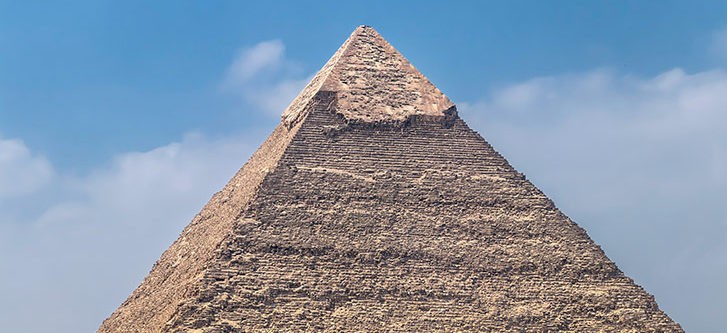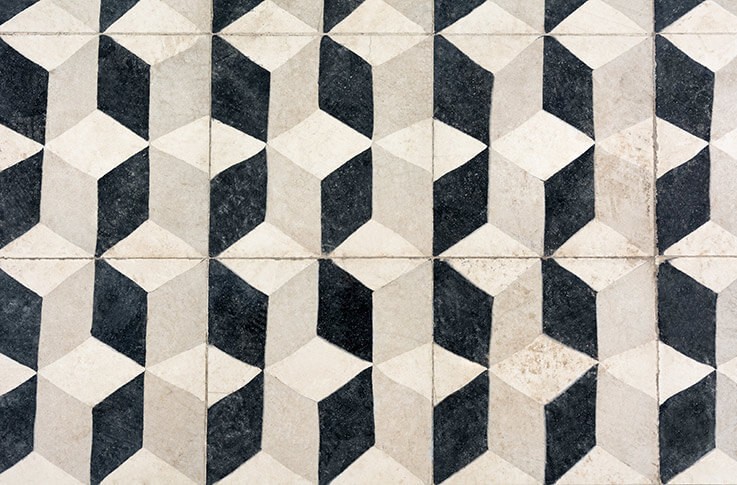ateliers - places for research
Atelier of Humanistic Mathematics
How life reflects mathematics and mathematics reflects life. Humanistic Mathematics emphasizes the aesthetic, cultural, historical, literary, pedagogical, philosophical and sociological aspects of mathematics as a human endeavour.
Interdisciplinary connections and visual imagery, illuminate abstract concepts and contribute to the elegance and creativity of mathematics.
Humanistic mathematics carries with it an awareness of and sensitivity to those things mathematics shares with the Humanities such as literature, art, dance and music. Teaching mathematics humanistically seeks to place the student more centrally in the position of inquirer, while at the same time acknowledging the emotional aspect of learning mathematics. The children are encouraged to learn from each other and to better understand mathematics as meaningful, socially constructed knowledge, rather than an isolated discipline.


Mathematics has to embrace the culture in which it is embedded. Humanistic mathematics develops an appreciation of the role of intuition in understanding and in creating concepts that appear at first glance merely technical. Logic alone never completely accounts for what is investigated, how it is investigated or why it is investigated. Mathematics is more than just facts, formulas and algorithms with which the children are familiar. It is not the mathematics of anxiety or boredom but the mathematics of confidence and optimism. There is excitement, adventure and rigour.
- Humanistic Mathematics is not about the voice of the teacher, but the voices of the students as well.
- Humanistic Mathematics is not a new discovery, it is a recent rediscovery of an idea that goes back to Plato.
- Humanistically exploring mathematics opens up a world of excitement, adventure and satisfaction.


The sense of excitement one gets from the study of mathematics derives from the pleasure of making connections and seeing patterns. To design mathematics facilitation that instills children with a sense of excitement is to introduce discussion via topics familiar to the students and to expand the dialogue with historical and cultural references and activities that lead to a discovery of new directions or themes in mathematics. The familiar topic then serves as an anchor for the students and gives confidence to begin the exploration process. For instance how can we embody the ideas of geometry; the parallel lines, angles, shapes, symmetry, rotation, reflection and transformation through dance?


Perhaps one of the greatest values of a humanistic approach is that it gives children an unmistakable realization, based on their own personal experience, that the world is worth thinking about. In mathematics, creative thought is possible and powerful, and some degree of understanding and problem solving is within children’s reach, if they work hard enough to achieve it.
It involves the students inventing their own methods, interpretations and definitions and to compare their results with the work of professionals. It involves meta-cognition and thoughtful consideration of alternatives. Thought is about meanings, not merely symbols and students are encouraged to work out a theory or a strategy together before reading the given historical solution or procedure. Only when we invent something for ourselves can we grasp its essence.
Developing a community that supports risk taking and mathematical discussions is a critical pedagogical component for fostering real investigations and inquiries, real mathematizing of their world.
Gauss a great mathematician said:
It is not knowledge but the act of learning, not possession but the act of getting there, which grants the greatest enjoyment.
Gauss
Children can be mathematicians when we give them a chance to mathematize their reality and trust that they can.



